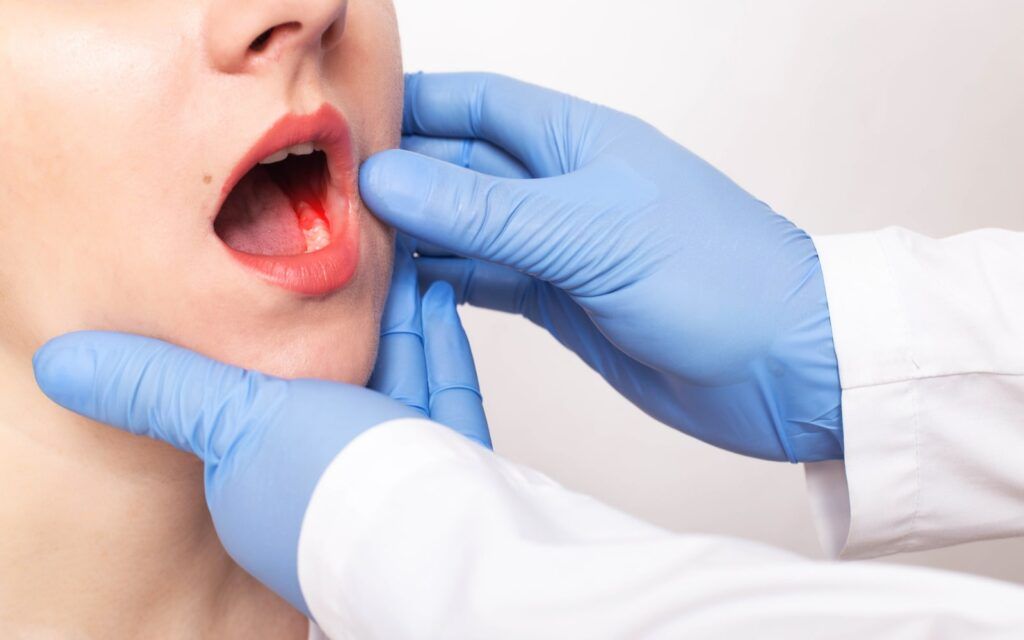The neglect and abuse of children have been public health concerns for as long as humans have walked this Earth. It has been defined as any condition in which a child is permitted to come to serious emotional, physical, or mental harm. Varying forms of abuse such as exploitation and sexual abuse are also included, regardless of whether they’re the result of action or inaction on the part of the guardian. Child abuse is often easily identified by injuries to the head, face, or neck of the child. Injuries to the orofacial area, including the bones and skin of the face and the oral cavity, are common in cases of abuse. Learning how to spot indicators of child abuse can help rescue the victim and bring an end to the abuse.
How Oral Health Can Identify Child Abuse
Dentists and other medical providers are charged with reporting any signs of mistreatment of their patients. Most states have a law that requires them to report signs of abuse or neglect in children. It’s not required that dentists prove that there is abuse happening, rather they must report their suspicions to the authorities. If they fail to do so there are penalties they can face. There are a few different signs of abuse that dentists are required to report:
- Physical Abuse – Abused children often exhibit injuries to the lips, mouth, jawbone, and teeth. Thermal, chemical, and electrical burns are common, as are scrapes and cuts. It can also manifest as injuries to the oral mucosa, soft and hard palates, mouth floor, and tongue. When teeth are injured it’s common for displacement, fracture, and teeth have been knocked out.
- Sexual Abuse – Perioral and oral gonorrhea frequently occur in cases of sexual child abuse.
- Emotional Abuse – Emotional abuse is harder to identify as it typically lacks physical symptoms. Paying attention to certain behaviors, however, can reveal the presence of abuse. Intense fear of making a mistake, reluctance to engage with others and general anxiety are examples. Thumb-sucking, throwing tantrums, rocking, and responsibility for young children can also be indicators when not age-appropriate.
- Neglect – Signs of neglect are also frequently identified by the state of a child’s clothes or body. Poor oral hygiene, poor nutrition, and untreated medical conditions are also common.
All of the above indicators can be reasons that a dentist will contact the authorities with suspicion of abuse. However, these can also be useful indicators for anyone who is concerned someone they care about is being abused. The only way to prevent child abuse is to keep your eyes open and report to the authorities when you’re concerned.
Contact Your Dentist If You’re Concerned
While they will not be able to take action on the abuse without having observed signs, they can give their opinion about the symptoms. Identifying signs of child abuse is something that dentists are trained to do during their education. It’s essential that they are aware of the signs due to the responsibility they bear as a mandated reporter.












